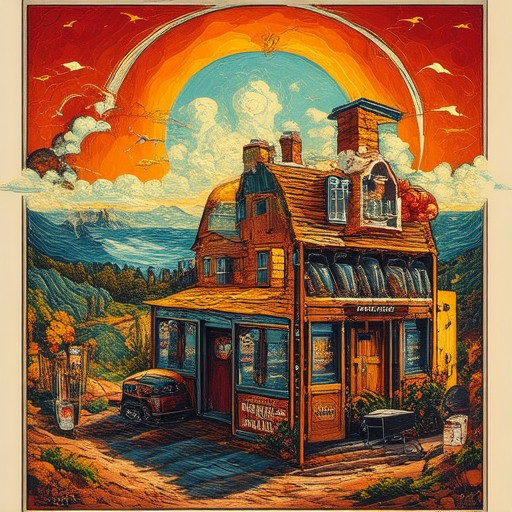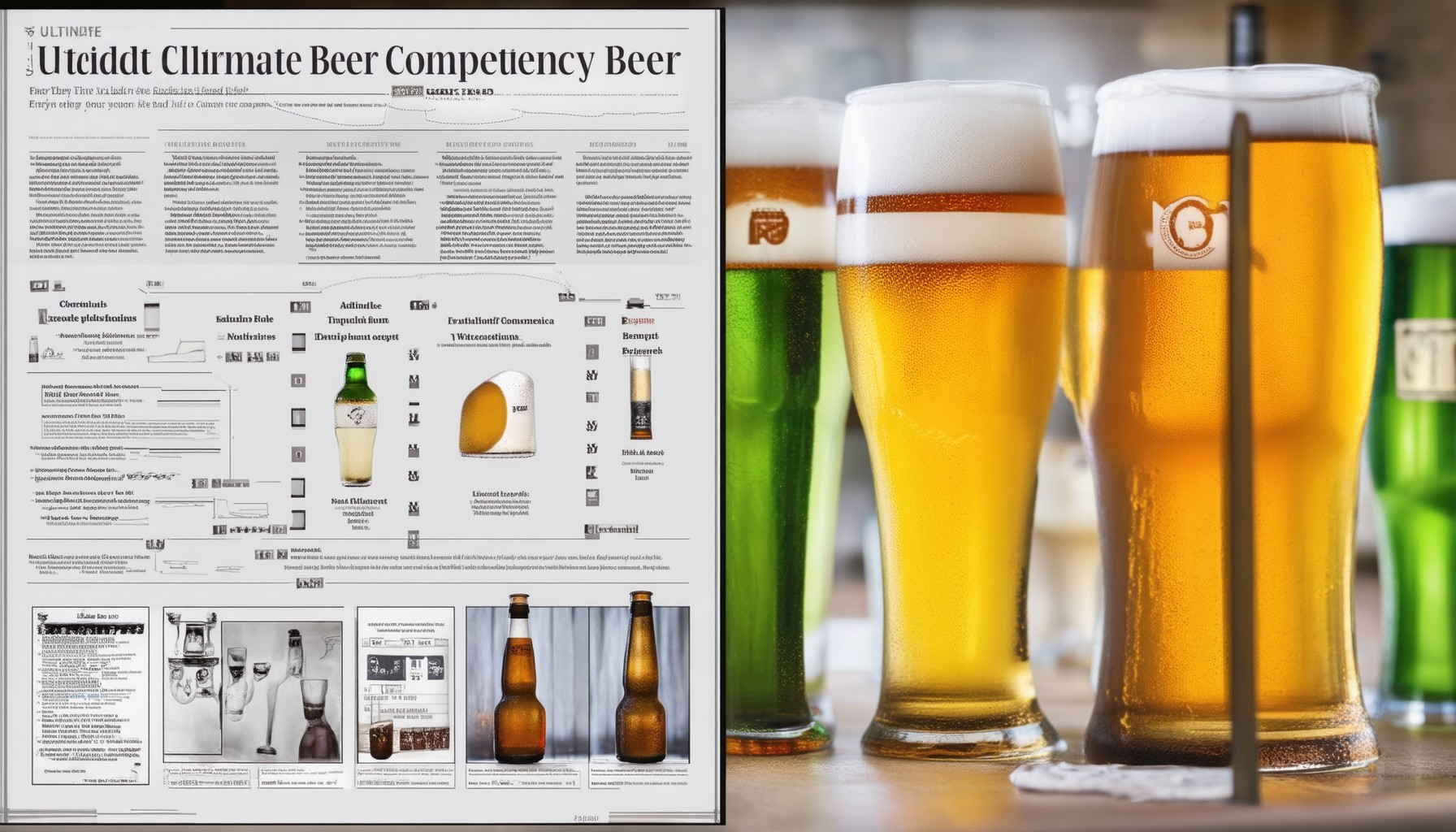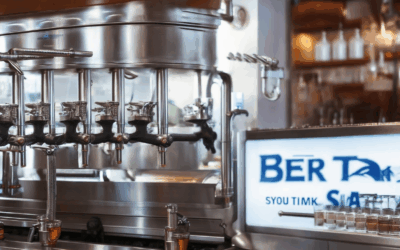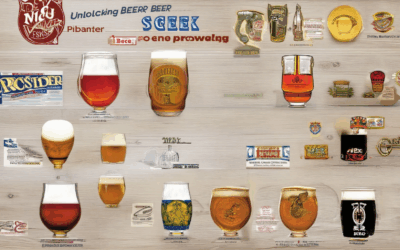Exploring the intricate world of beer competencies offers a fascinating journey into the heart of brewing, history, and culture. In today’s competitive landscape, mastering beer competencies isn’t just about enjoying a drink—it’s about understanding the craftsmanship, traditions, and science behind every pour. This comprehensive guide delves into the essential aspects of beer, from its foundational principles to its evolving styles and cultural significance. Whether you’re a casual enthusiast or a professional seeking to deepen your expertise, this guide provides invaluable insights into the world of beer, covering everything from the basics of beer production to advanced topics like food pairing and health benefits. By the end of this exploration, you’ll not only appreciate beer on a deeper level but also gain practical knowledge that enhances both personal and professional growth.
Key Takeaways
- Understand key beer terminology including Brewery, Craft Beer, Ale, Lager, IPA, Stout, Hops, Malt, Fermentation, and more.
- Beer symbolizes social bonding, tradition, and cultural heritage.
- Discover the economic impact of beer on local industries.
- Learn how beer is central to global celebrations and rituals.
- Explore beer’s historical significance and modern innovations.
- Get familiar with popular slang terms like Brewski, Cold one, Suds, and Half-rack.

What Are the 3 C’s of Beer?
The 3 C’s of beer pairing are Cut , Complement , and Contrast . These principles guide harmonious and enjoyable pairings between beers and foods.
- Cut : This refers to the physical act of pairing beer with food by considering flavor profiles and textures. For instance, a crisp lager complements a light salad, while a robust stout pairs well with hearty dishes like steak.
- Complement : This principle focuses on balancing flavors. Ales with citrus notes can complement acidic foods like ceviche, while earthy stouts pair nicely with mushroom dishes.
- Contrast : This involves creating a balance between complementary and contrasting flavors. For example, a sweet honey blonde ale contrasts beautifully with spicy Thai cuisine, while a tart Berlinerweisse complements creamy desserts like chocolate mousse.
Understanding these principles enhances your ability to create memorable beer experiences. To explore more about beer pairing, visit The Goods On Tap .
What Are the 4 Components of Beer?
Beer is made from four primary components, each playing a crucial role in its flavor, texture, and production. Here’s a breakdown of each:
- Malt:
- Malt is the heart of beer production, derived from staple crops like barley. It provides fermentable sugars and contributes to the beer’s body and flavor.
- Different types of malt, such as pale ale, wheat, and rye, offer unique characteristics, affecting everything from mouthfeel to bitterness.
- Hops:
- Hops are added during the brewing process to provide bitterness and aromatic complexity.
- They contain compounds like alpha acids, which contribute to the bitter flavor, and essential oils, which add citrus or floral notes.
- Yeast:
- Yeast is the catalyst for fermentation, converting sugars into alcohol and carbon dioxide.
- Brewers use specific yeast strains to achieve desired flavors and aromas, with popular choices like Ale yeast and Lager yeast.
- Water:
- Water is the fourth key component, influencing the final product’s taste and mouthfeel.
- The mineral content and hardness of the water source can significantly impact the beer’s flavor profile.
Additionally, brewers may use adjuncts like corn or rice to enhance sweetness or body, and finishing agents like Irish moss or gelatin to clarify the beer.
These ingredients come together in a carefully balanced process to create the rich, varied flavors and textures that define different beer styles.

The 3:30-300 Rule for Beer
The 3:30-300 rule is a simple guideline for enjoying beer responsibly and optimizing its flavor and health benefits. Here’s a breakdown:
- Serving Temperature :
- 3:30 refers to the optimal serving temperature for most beers, typically around 35°F (3.29°C) . This temperature ensures the beer is crisp and flavorful, particularly for styles like lagers and pilsners.
- Ale temperatures can be slightly warmer, ranging from 50°F to 55°F (10°C to 13°C), depending on the style and personal preference.
- Calorie Awareness :
- 300 represents the maximum calories per serving that is generally recommended for moderate consumption. Many beers exceed this, making portion control essential.
- Beers can range from 100 to 200 calories per 12-ounce serving, so sticking to a 3:30-300 guideline helps manage intake effectively.
This rule combines temperature advice with calorie awareness, helping beer enthusiasts enjoy their drinks responsibly while enhancing flavor experiences.

Words Associated with Beer
- Brewery
- Craft Beer
- Ale
- Lager
- India Pale Ale (IPA)
- Stout
- Hops
- Malt
- Fermentation
- Barrel
- Microbrewery
- Pilsner
- Wheat Beer
- Cask
- Keg
- Pub
- Draft
- Bitter
- Session Beer
- Flavor Profile
- Yeast
- Aging
- Distillation
- Honey
- Fruity
- Spicy
- Herbal
- Citrus
- Resin
- Roasted
- Esters
- Phenols
- Body
- Head
- Foam
- Aroma
- Taste
- Finish
- Hoppy
- Malty
- Balance
- Harmonious
- Complexity
- Depth
- Character
- Versatility
- Cultural
- Ceremonial
- Traditional
- Modern
- Artistry
- Innovation
- Experimentation
- Quality
- Authenticity
- Craft
- Passion
- Community
What Can Beer Symbolize?
Beer has long held deep cultural, social, and historical significance, symbolizing a variety of meanings and values across different contexts:
- Social Bonding: Beer often symbolizes friendship, camaraderie, and shared experiences. It serves as a universal icebreaker, bringing people together in moments of celebration or casual gatherings.
- Tradition and Culture: Beer can represent the traditions of brewing, passed down through generations. It also symbolizes cultural heritage, often tied to festivals, rituals, and communal celebrations.
- Economic Impact: Beer has historically played a role in local economies, supporting industries from agriculture to manufacturing, and creating jobs in breweries and distribution.
- Celebration and Rituals: In many cultures, beer is central to marking milestones, such as weddings, harvests, or religious ceremonies, serving as a sacred or celebratory element.
- Historical Significance: Beer has symbolized power and status in ancient civilizations, with rulers often associating themselves with its production and distribution.
- Modern Times: Today, beer can symbolize innovation, creativity, and the craft movement, as artisanal brewers focus on unique flavors and sustainable practices.
Beer’s versatility makes it a rich symbol across various domains, reflecting its enduring appeal and cultural relevance.

What is a slang word for beer?
- Brewski – A fun and casual term for beer.
- Cold one – A common expression meaning a beer to refresh oneself.
- Suds – Another term often used to describe beer, especially in informal contexts.
- Half-rack – Refers to a 12-pack of beer, indicating a larger quantity.





0 Comments